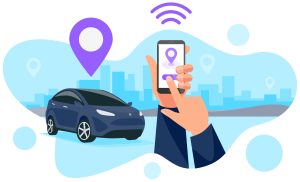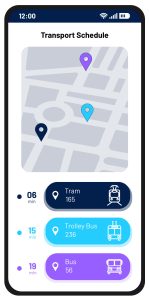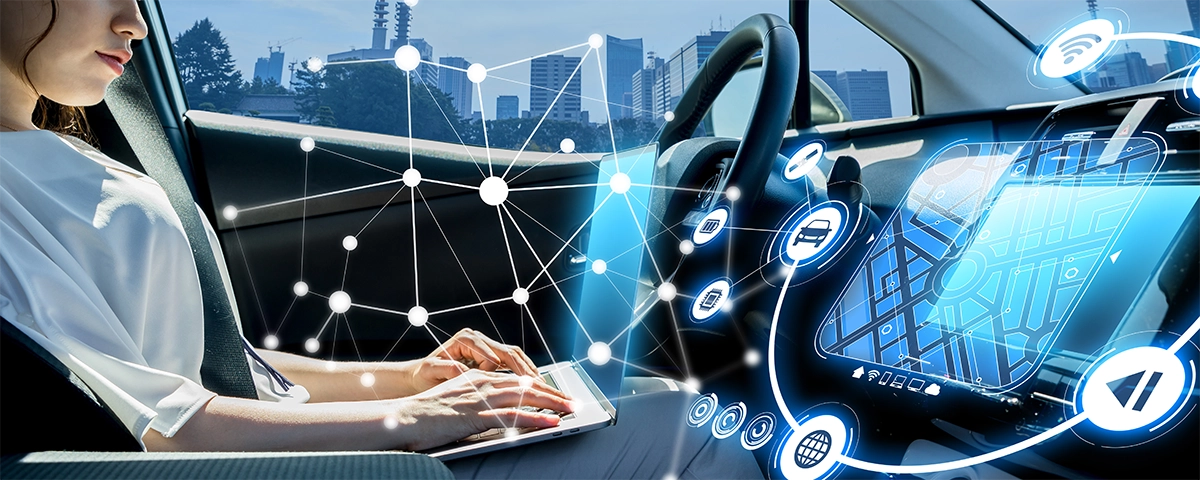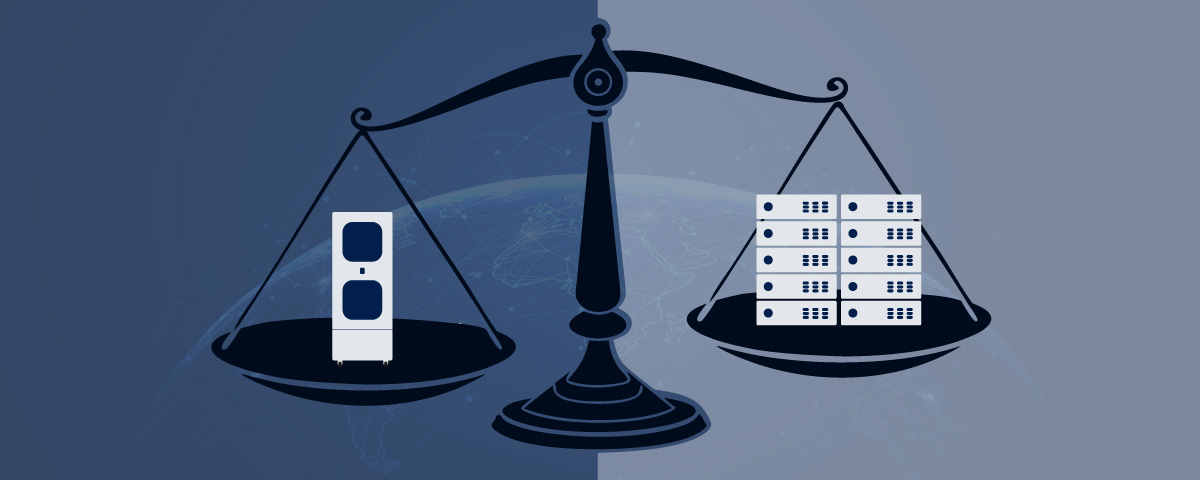Transport is evolving. While we’re not quite at the point of some of the futuristic vehicles we see in sci-fi movies, the transport industry is in the middle of an extraordinary revolution.
Most of us are now familiar with the term Internet of Things (IoT) – devices that enable us to do things, such as monitor our pets from a remote location, switch on the heating from our phones or get the fridge to tell us when we’re running low on milk. However, we’re not quite so familiar with the term Internet of Vehicles (IoV).
But we soon will be.
Today’s vehicles generate a tremendous amount of information. From speed to brake power, GPS to tyre pressures, lane warning devices, smart braking and self-parking – all of these elements create data.
While much of this helps the individual operating the vehicle, it also provides valuable information for the whole transportation industry. Smart cities are no longer something that only exists in movies – their reality is but a heartbeat away.
The evolution of smart cities will bring about aspects, such as:
- Improve ride hailing
- Dynamic routing via in-car or personal device mapping
- Routing is determined not only by speed, but also by environmental issues, such as noise or air pollution.
- Self-driving taxis
This is only scraping the surface of the art of the possibility. But the most important aspect to understand is that all this technology relies on instantaneous data transfer. Self-driving cars, for example, will only become reality when all the sensors that allow this to happen can be guaranteed to work in real time, with no latency (lag) of the information being communicated.
This is only possible with Edge computing – a process where the data transfer takes place as close to the action as possible.
This is where Micro Data Centres (MDCs) are helping to make this reality.
The role and benefits of micro data centres for transportation
Historically, data has been stored in traditional on-site data centres or in the cloud. This involves it travelling large distances before it can be analysed, logged, stored, or sent back to the source where the information can be acted upon.
Although this happens extremely quickly, the amount of data produced by our ever-increasing number of applications that use sensors will naturally experience delays. While this might only be a tenth or even a hundredth of a second, the impact this would have on a self-driving car would present too high a risk.
What is needed is instant data transfer, allowing smart items to act upon the data in real time.
This is where Micro Data Centres have the advantage.
Thanks to their ability to be sited anywhere – no matter if the location is remote, hot, cold, manned, unmanned, accessible or not, MDCs are small and powerful enough to become the ‘spine’ of an enormous multi-network. Because they offer the same components as a traditional data centre (networking, communication, standardisation across various locations and landscapes, software and hardware), MDCs can capture the data close to the source, analyse it on the spot and direct it to wherever it needs to go. This could be to the cloud or data centre for storage or further analysis, back to the source, or any combination of this.
But what it achieves is the ability for smart items to act in the here and now. Therefore smart routing, self-driving cars, advanced ride hailing, smart transport logistics and more become a reality.
Benefits include:
- More efficient transport networks
- More efficient use of fuel
- Higher uptake of the use of public transport resulting from realtime information making it a more appealing way to travel
- Less congestion
- Less air and noise pollution
- Realtime evaluation of social factors, such as cars using shortcuts that take them through residential areas or past schools
Taking all of this – and more – into account, the transportation industry has a huge undertaking to make it reality. But with the initial technology already in place and advances happening at breakneck speed, 10 years down the line could see a very different transportation landscape.
Whether your business is already at the Edge or you’re simply looking for a more cost effective and secure method of storing data, get in touch to find out how we can help your business.





